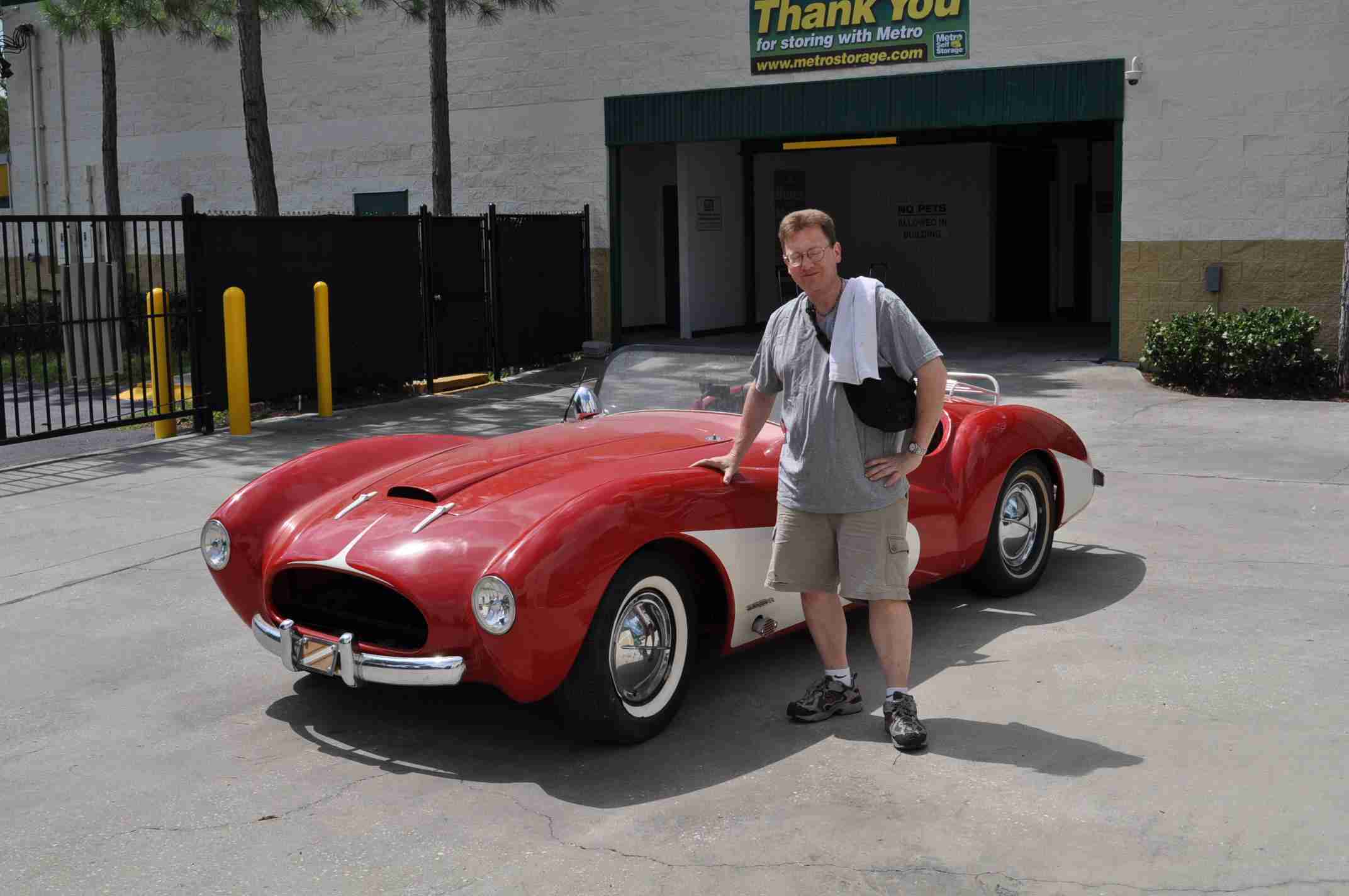 TAMPA BAY, Fla. (AP) – Two Tampa Bay-area car enthusiasts are working to bring back the Atomic Age of American sports cars.
TAMPA BAY, Fla. (AP) – Two Tampa Bay-area car enthusiasts are working to bring back the Atomic Age of American sports cars.
The men created Forgotten Fiberglass, an automotive restoration company specializing in old fiberglass cars, the Tampa Bay Times reported.
Company owner Geoff Hacker says the cars were at their peak popularity in the post-World War II era from 1951 to 1957. The American public has long forgotten many of the fiberglass cars that were so popular more 60 years ago.
“These wonderful cars were built in garages by normal, talented guys,” Hacker said. “Why should we care about these cars? Because they’re emblematic of American ingenuity, our can-do spirit. They are stories of remarkable people and a reminder of who we are, what we can achieve.”
Among the cars Hacker and his partner, Rick D’Louhy, have restored are the Kellison, the Victress and the UFO-inspired Tiburon Shark.
Only about 1,000 fiberglass cars were ever built. The Florida men own 80 of the cars, which they keep on rural property known as their Fiberglass Farm. The men plan to restore each of the 80 cars. The cars not only have historic value, they have a growing investment value. They can sell for several hundred thousand dollars. A 1955 Kurtis 500 Swallow Coupe sold in May by Sotheby’s RM Auctions for $220,000.
Fiberglass was introduced to the transportation industry during World War II. By the time American GIs returned home, fiberglass had become more generally available.
Before fiberglass, building a car body at home required a full machine shop. With fiberglass, the backyard car designer needed only basic home-improvement tools. Plaster was overlaid on a wood mockup or modeling clay was used to achieve the desired shape. Then, fiberglass was applied onto that mold like icing on a cake. Fiberglass could easily accommodate any contour, enabling amateur designers to create some beautiful automotive shapes.
D’Louhy said people who grew up in the 50s are buying the restored cars today.
“The boomers who are retired with disposable incomes are definitely driving the market for our cars,” D’Louhy said. “They’re also encouraging younger people to appreciate the cars, as well.”













No Comment